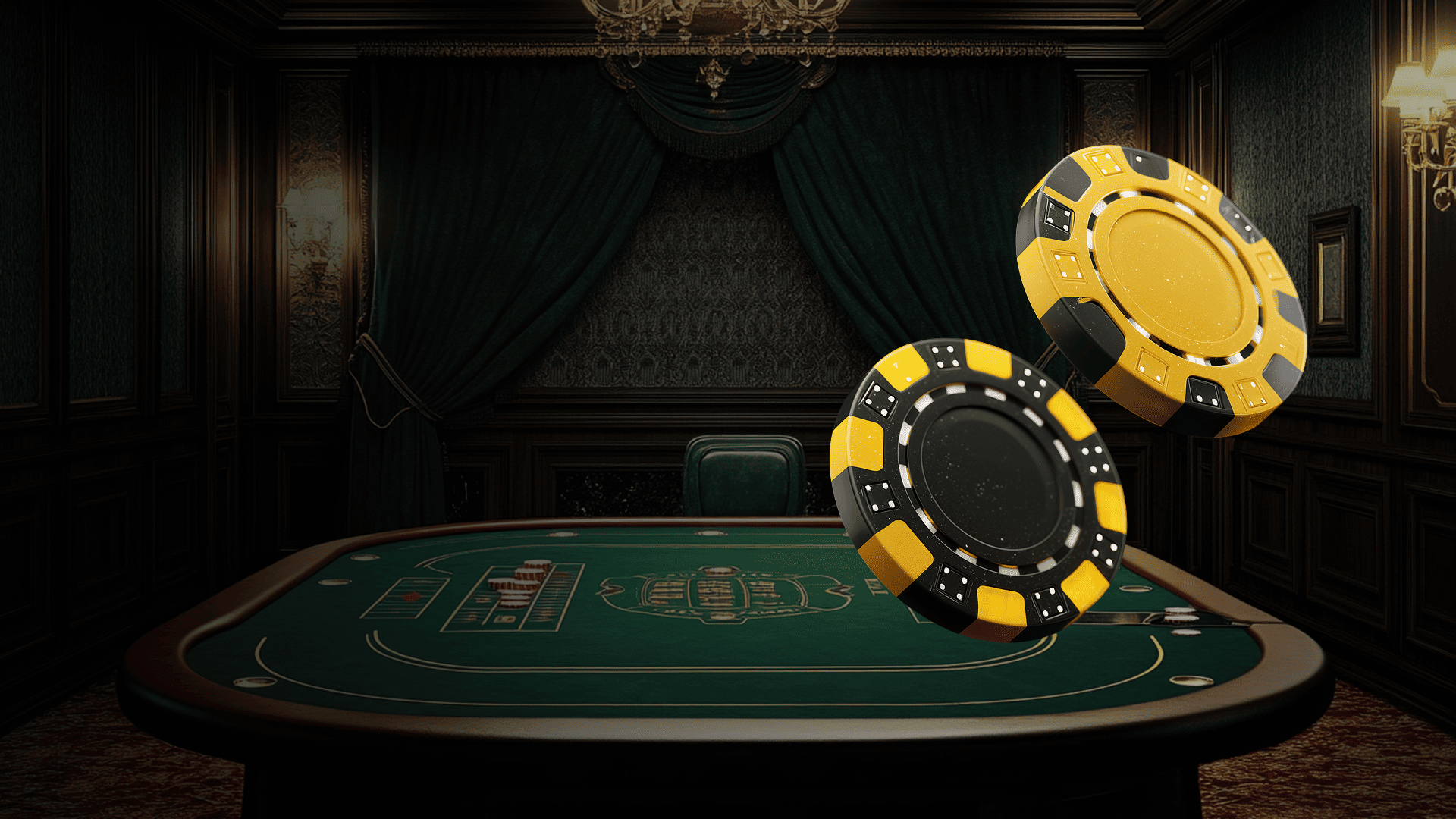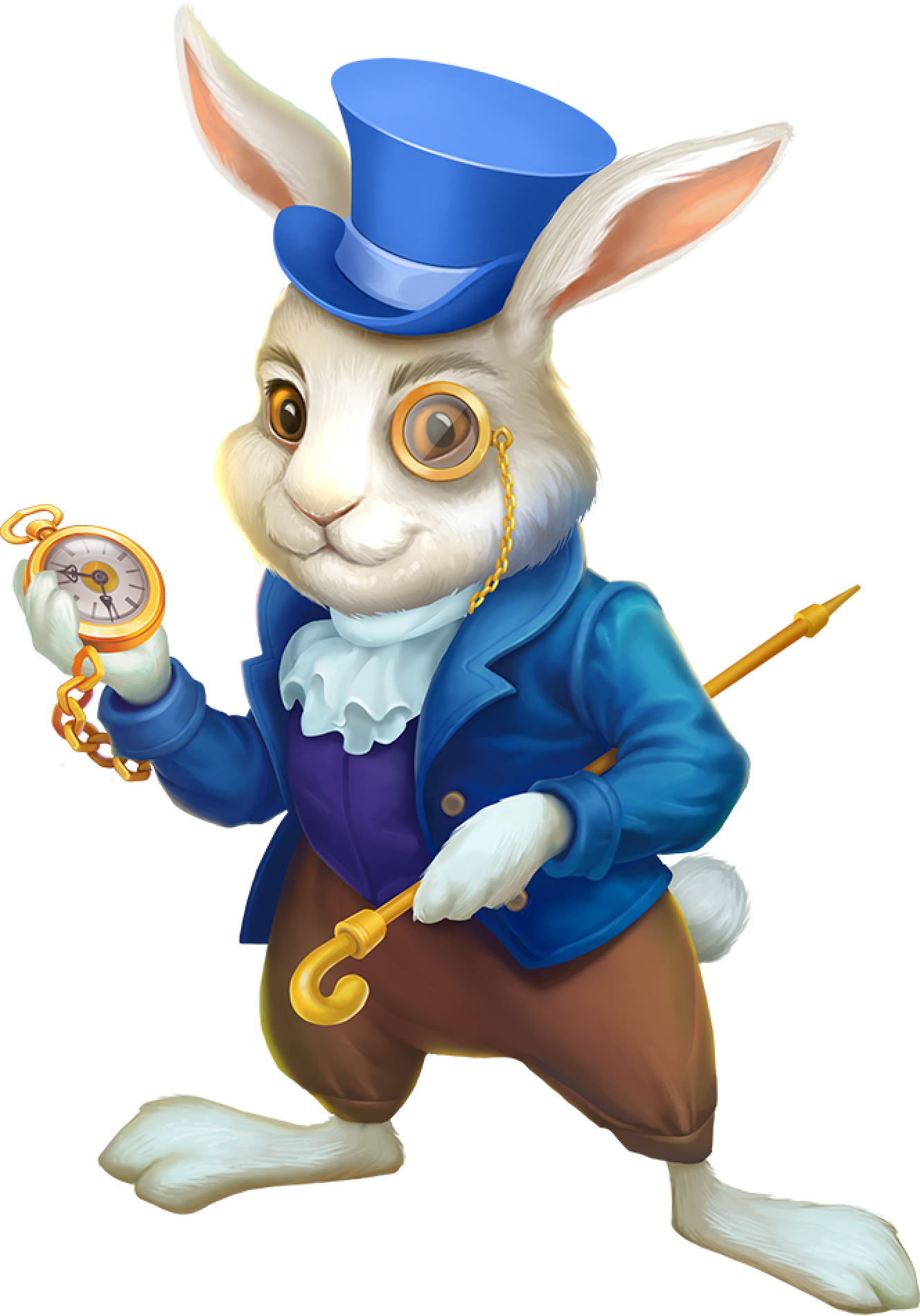Video game character design combines artistry, psychology, and technical expertise to breathe life into virtual worlds. From bold protagonists to sinister antagonists, designing characters that resonate with players is an intricate yet rewarding process. This guide explores the nuances of character design, offering practical tips, technical insights, and industry examples.
What is Video Game Character Design?
At its core, video game character design is the craft of conceptualizing, sketching, modeling, and animating characters that inhabit interactive worlds. Each character serves a narrative, gameplay, or aesthetic purpose, connecting players emotionally to the story.
Key objectives of character design include:
- Creating visual and narrative appeal.
- Driving player engagement through relatability or intrigue.
- Enhancing the game’s immersive experience by aligning character design with world-building.
The Fundamentals of Character Design
Memorable characters are born from a blend of creativity, research, and technical execution.
Relatability: Players should see aspects of themselves or aspirational traits in the character.
Uniqueness: Distinctive silhouettes, gestures, and styles make characters instantly recognizable.
Core Components:
- Appearance: Physical traits, costumes, and accessories.
- Personality: Expressed through animations, voice, and interactions.
- Backstory: Motivations and histories that drive their actions.
The Role of Visual Appeal
Striking visuals capture attention, but functional design keeps players engaged.
- Balancing Form and Function: A character must visually represent their role. For example, a bulky, armored design for a tank class communicates strength and resilience.
- Color Theory: Colors evoke emotions and symbolize traits (e.g., red for aggression, blue for calm).
- Silhouette Design: A clear silhouette ensures that characters are easily identifiable even from a distance or in low-light scenes.
Technical Tools for Visual Appeal:
- 3D Modeling Software: ZBrush, Blender, Maya for creating detailed, optimized models.
- Texturing Tools: Substance Painter for realistic textures and materials.
Understanding Your Audience
Different games appeal to different demographics, and character designs should reflect this. For example:
- Targeting Teens and Young Adults: Bold, edgy designs with high-action animations.
- Global Audience: Culturally nuanced designs to avoid stereotypes and appeal universally.
Inclusivity is increasingly critical, with many games incorporating characters from diverse ethnicities, genders, and abilities.
Creating Compelling Heroes
A successful hero balances relatability with aspirational qualities.
Strengths and Flaws: For instance, Nathan Drake (Uncharted) is skilled and charismatic yet plagued by self-doubt.
Progression: Players should witness the hero grow, whether through skill acquisition, emotional development, or narrative arcs.
Technical Considerations:
- Rigging and Animation: Ensure smooth animations for physical combat or movement.
- Interactive Assets: Equip characters with weapons, tools, or costumes that change dynamically during gameplay.
Designing Iconic Villains
A memorable villain is as important as the hero.
Complexity Over Stereotypes: Avoid clichés like “pure evil.” Instead, explore nuanced motivations, such as Magneto’s belief in mutant superiority.
Design Choices:
- Contrast: Design the villain to visually and narratively oppose the hero.
- Mood and Atmosphere: Use darker tones, asymmetry, or unsettling features to convey menace.
Technical Execution:
- Facial Rigging: Capture subtle expressions for heightened drama.
- Dynamic Effects: Add aura or particle effects, like smoke or glowing eyes, for added impact.
Supporting Characters: The Unsung Heroes
Supporting characters enrich the narrative and gameplay.
- Role in Gameplay: Sidekicks may provide hints, backup during battles, or comic relief.
- Consistency in Design: Ensure supporting characters visually complement the hero while remaining unique.
- AI-Driven Behaviors: Program NPCs to react realistically, adding depth to their personality and function.
Tools and Technologies in Character Design
Modern character design relies on cutting-edge software and hardware. Key tools include:
1. Concept Art Tools:
- Procreate, Photoshop for 2D sketches.
- Krita for beginners seeking free alternatives.
2. 3D Modeling and Sculpting:
- ZBrush: Industry-standard for detailed sculpting.
- Blender: Versatile and open-source.
3. Rigging and Animation:
- Maya: Known for advanced rigging.
- Houdini: For procedural animation.
4. AI Integration: AI-powered tools like Adobe Firefly can assist in generating design iterations.
5. Game Engines:
- Unreal Engine 5: For real-time character testing with its Nanite and Lumen features.
- Unity: Popular among indie developers.
The Iterative Design Process
Character design isn’t a straight path but an iterative cycle:
1. Research and Brainstorming:
- Study player psychology and existing archetypes.
- Create mood boards for visual inspiration.
2. Sketching and Concept Art:
- Start with loose sketches and refine based on feedback.
3. 3D Prototyping:
- Sculpt and rig a basic model for gameplay testing.
4. Playtesting:
- Ensure characters resonate with players both narratively and mechanically.
Collaboration Across Disciplines
Creating cohesive characters involves teamwork:
- Writers: Define backstories and dialogue.
- Animators: Bring life to the character’s movements.
- Developers: Ensure seamless integration into gameplay.
Challenges in Character Design
1. Technical Limitations:
- Older hardware may struggle to render highly detailed models, requiring optimization.
2. Balancing Creativity and Practicality:
- Overcomplicated designs may hinder gameplay functionality.
Solution: Use level-of-detail (LOD) techniques to render simpler versions for distant views.
The Future of Character Design
Emerging trends include:
- Hyper-Realism: Achieved with Unreal Engine 5’s advanced lighting and textures.
- Metaverse-Ready Characters: Designs that adapt across platforms and VR environments.
- Procedural Generation: AI tools create randomized yet coherent designs for NPCs.
Case Studies: Iconic Video Game Characters
Geralt of Rivia (The Witcher):
Detailed scars and rugged armor reflect his combat-heavy lifestyle.
Aloy (Horizon Zero Dawn):
Blends tribal aesthetics with futuristic elements for a unique visual style.
Sephiroth (Final Fantasy):
His towering presence and one-winged motif embody tragedy and menace.
Tips for Aspiring Character Designers
- Master the Basics: Study anatomy, color theory, and character archetypes.
- Use Portfolio Platforms: Showcase designs on ArtStation or Behance.
- Seek Feedback: Join forums like Polycount or game development communities.
FAQs
How long does it take to design a video game character?
On average, 3-6 months for a fully detailed character, factoring in concept art, modeling, and animation.
What skills are essential for character design?
Artistic skills (anatomy, color theory), technical skills (3D modeling, rigging), and narrative understanding.
How do indie developers create standout characters?
By focusing on unique concepts and leveraging accessible tools like Blender.
What software is best for beginners in character design?
Blender and Krita are free and beginner-friendly, with plenty of online tutorials.
Why is story integration important?
Characters tied deeply to the story enhance immersion and emotional impact.
What makes a character iconic?
A mix of visual uniqueness, narrative depth, and player connection.




